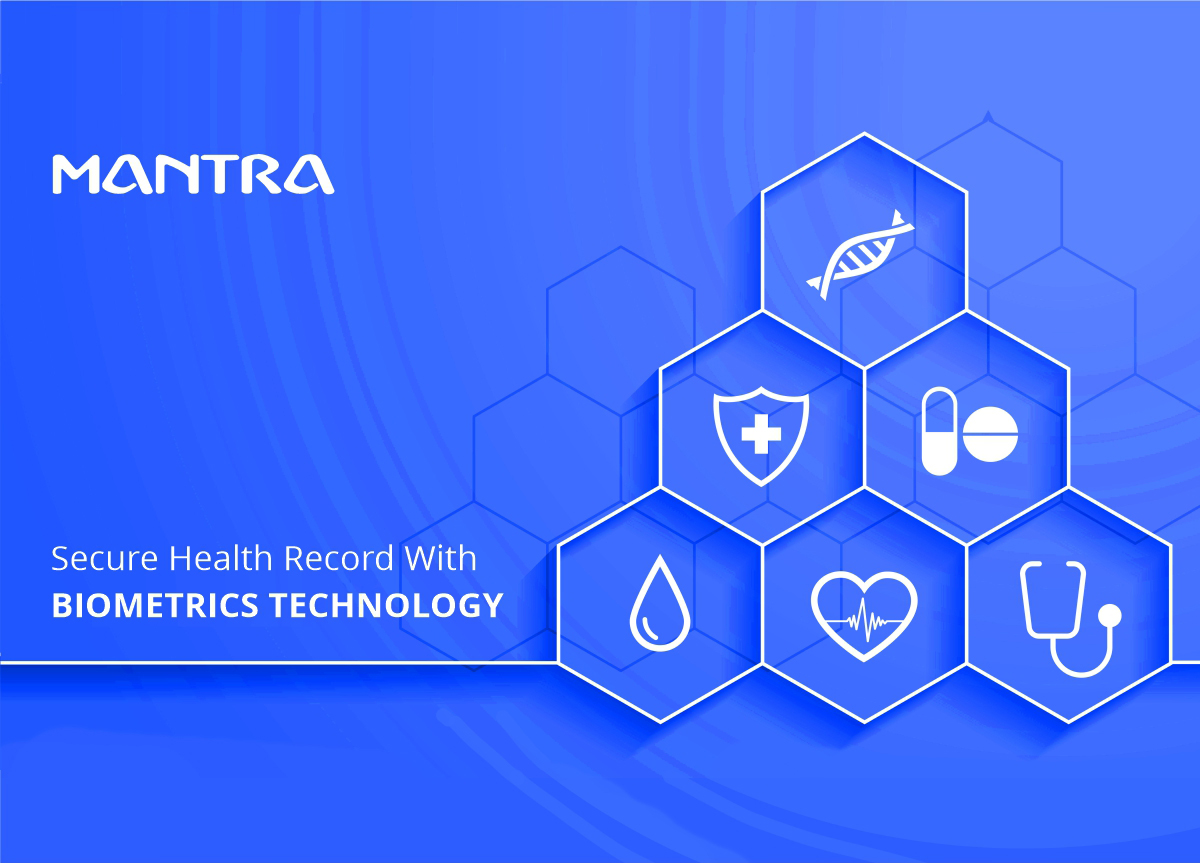
Healthcare 4.0 has automated the traditional services in the healthcare system with the help of biometrics, cloud software, and smart wearable devices. In addition, health systems started storing patient data electronically after Healthcare 2.0. Compared to the traditional paper system, digital systems are more efficient and easier to access. However, the main issue with the digital system is security threats.
A person's medical data is stored in an Electronic Health Record (EHR) that can be accessed via the internet and cloud services. Patients and doctors can access data from anywhere, but data privacy has become a foremost concern for patients. Following the widespread use of biometric authentication technology, healthcare organizations began to employ biometrics to protect patient data. This blog post discusses the use of biometrics in the EHR system.
How to secure Electronic Health Record data?
Health data is one of the most critical pieces of information about a person. These data are required for insurance and pharmaceutical industries for evaluation and to run their businesses. In this scenario, biometric authentication is suitable to secure data. The areas where biometrics can be employed in EHR are listed below.
Authenticate doctor
Usually, doctors who treat the patient might be the admin of the data. During the patient registration procedure, the doctor validates his patient's identity using biometric sign-in and creates space in the cloud or server. With biometric authentication, only the assigned doctor gets access to the patient's data. When a patient leaves the hospital or discontinues treatment, the patient must log out of the system, then the doctor's access to the patient's data will get terminated. If the patient returns to the hospital after some time, he must log in again and grant a doctor access to his data. The doctor treated the person for the first time, and the second time need not be the same.
Identify the patient correctly
Identifying the patient is the most significant task in treatment. According to various researches, misidentification is one of the major reasons for all adverse effects that harm patients during surgeries and blood transfusion mistakes. Using biometrics to identify patients can help decrease problems like misidentification in blood analysis and false diagnosis results. During different medical examinations, the patient's biometric data is collected and compared to the previously registered database to ensure no misidentification.
Securing the electronic health record
The data must be secured in three levels; wearable devices, health records, and cloud services. Wearable gadgets use wifi, Bluetooth, or NFC to interact with a patient's mobile device or a central device at the hospital. These communications will be encrypted, and the gadgets utilize biometric authentication to restrict access to authorized personals only. The electronic health record or cloud where the data are stored will give access only to the user and admin of the system using the bio-login method. The system can be designed to determine if the admin needs access to a patient's data. He/She must require biometric authentication from the patient.
Comments